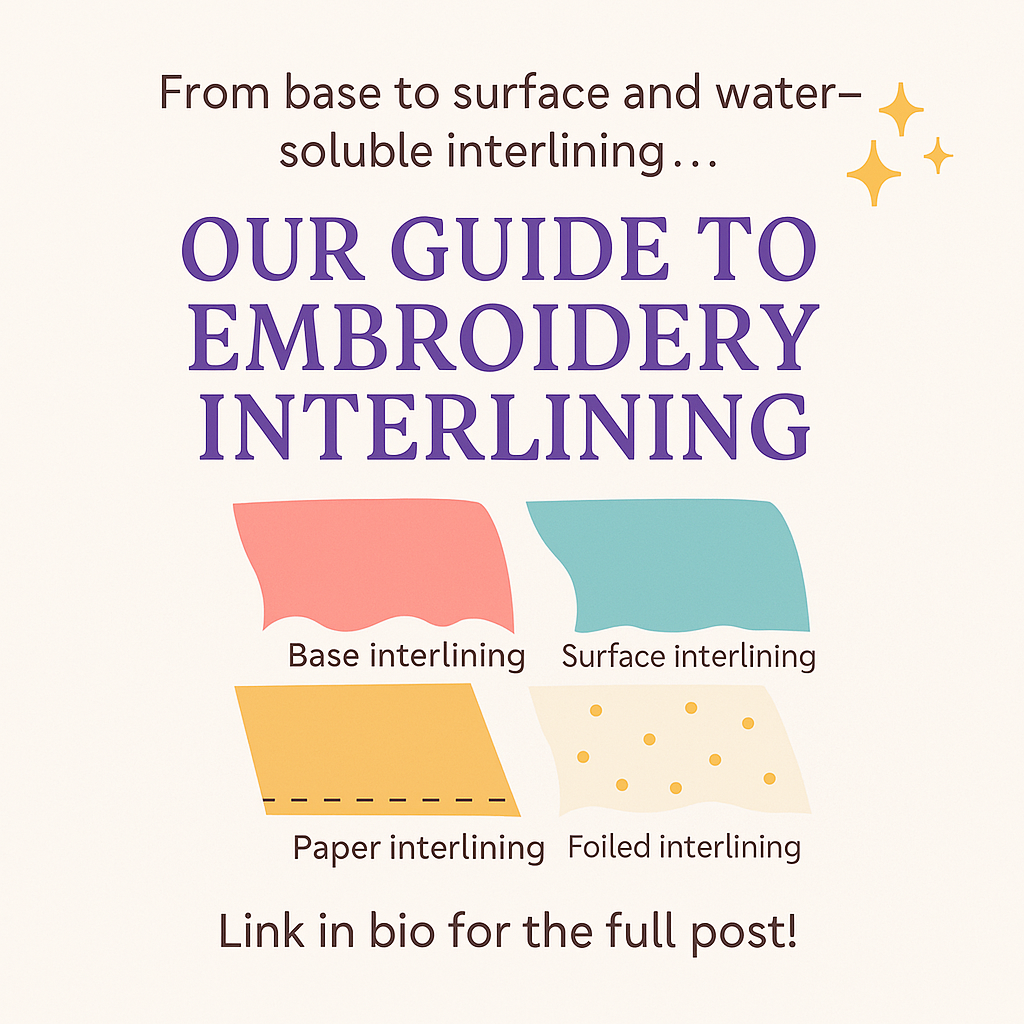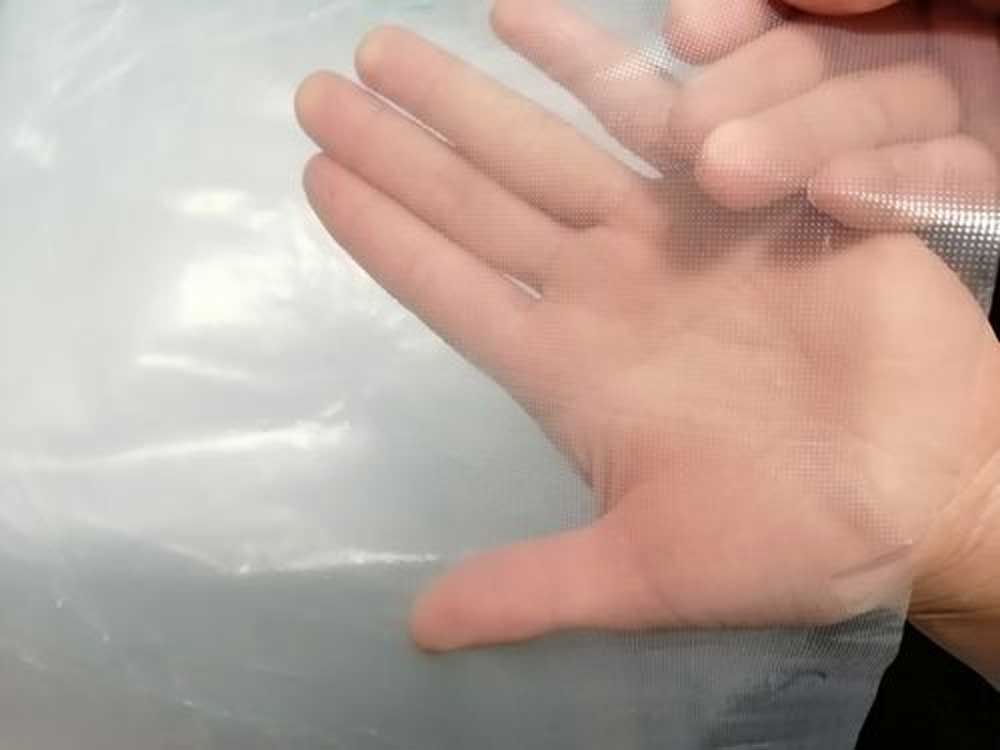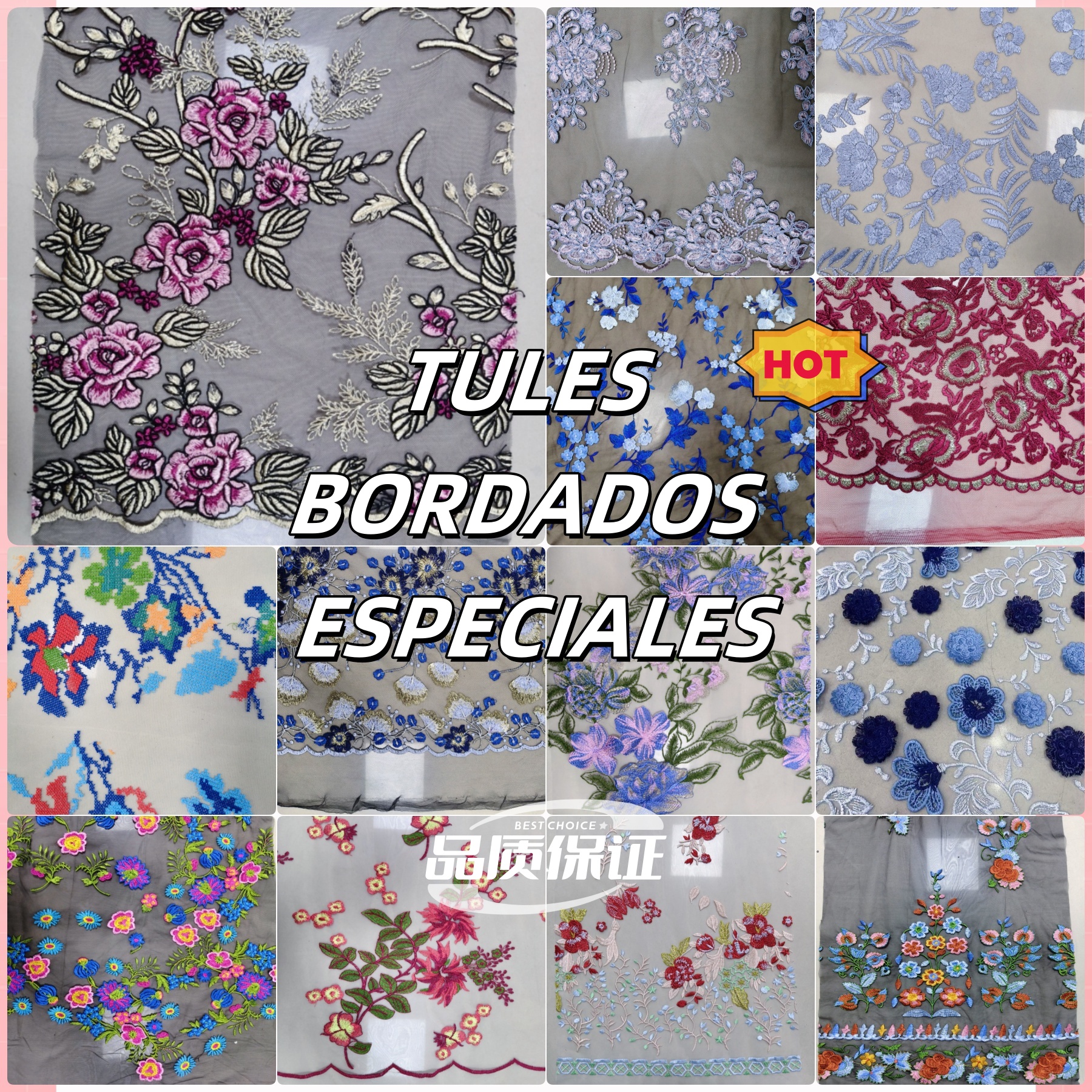Mastering the Art of Embroidery: Your Complete Guide to Embroidery Interlining Essentials
When it comes to achieving flawless, professional-looking embroidery, choosing the right embroidery interlining can make all the difference. Whether you’re stitching logos, florals, or delicate lettering, your interlining choice determines how the final design holds up after stitching—and even after multiple washes.
In this guide, we’ll break down the types of embroidery interlinings, when and how to use them, and share some smart tips that can save your project (and your fabric). 🌟

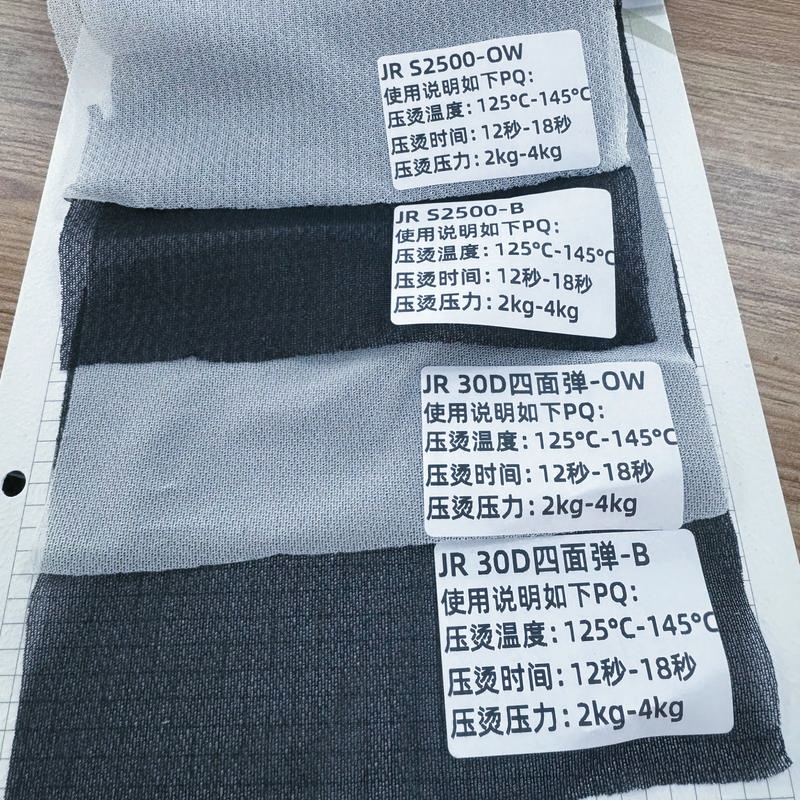
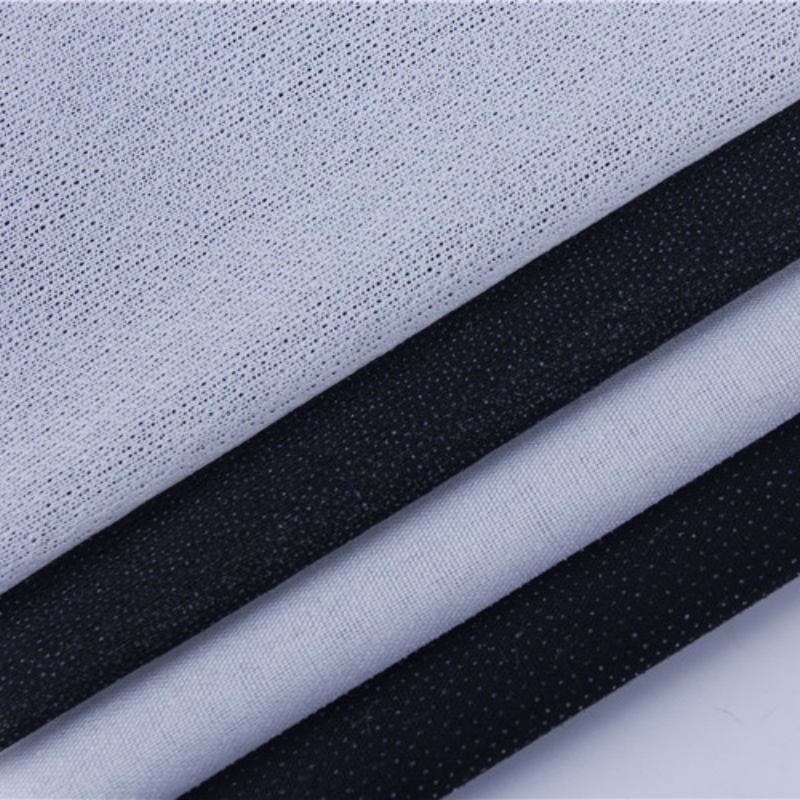
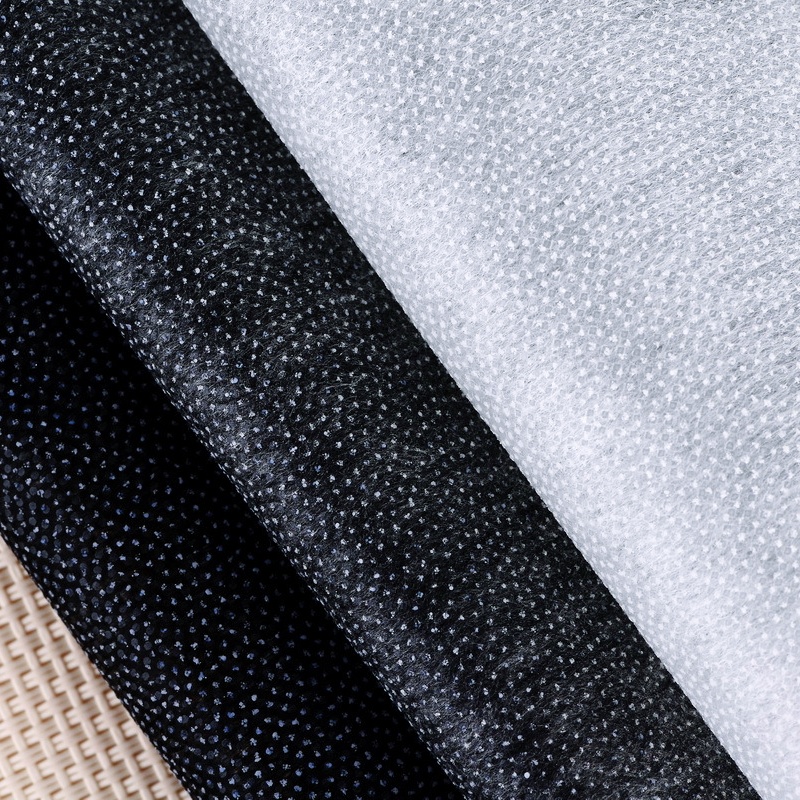
🧵 What Is Embroidery Interlining and Why Does It Matter?
Embroidery interlining refers to the layer placed either beneath (known as Base Interlining) or above (Surface Interlining) the fabric during embroidery. These support layers are crucial for stabilizing the fabric, preventing distortion, and ensuring your stitching stays crisp, clean, and raised—no matter the fabric type.
Base Interlining is most often made from nonwoven materials and is used to support the embroidery from underneath. It prevents wrinkling, pulling, or fabric distortion after washing.
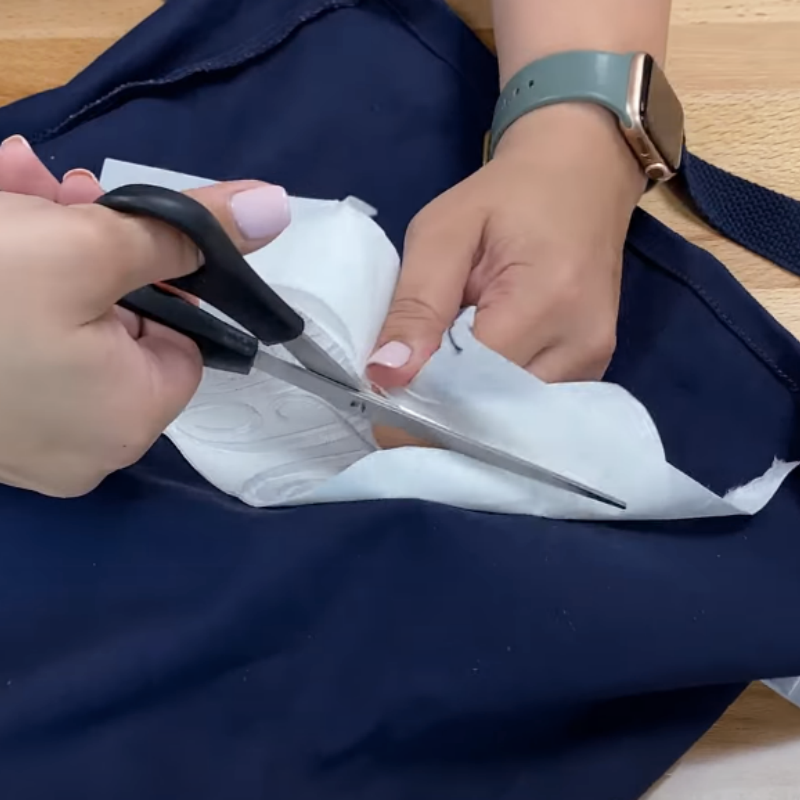
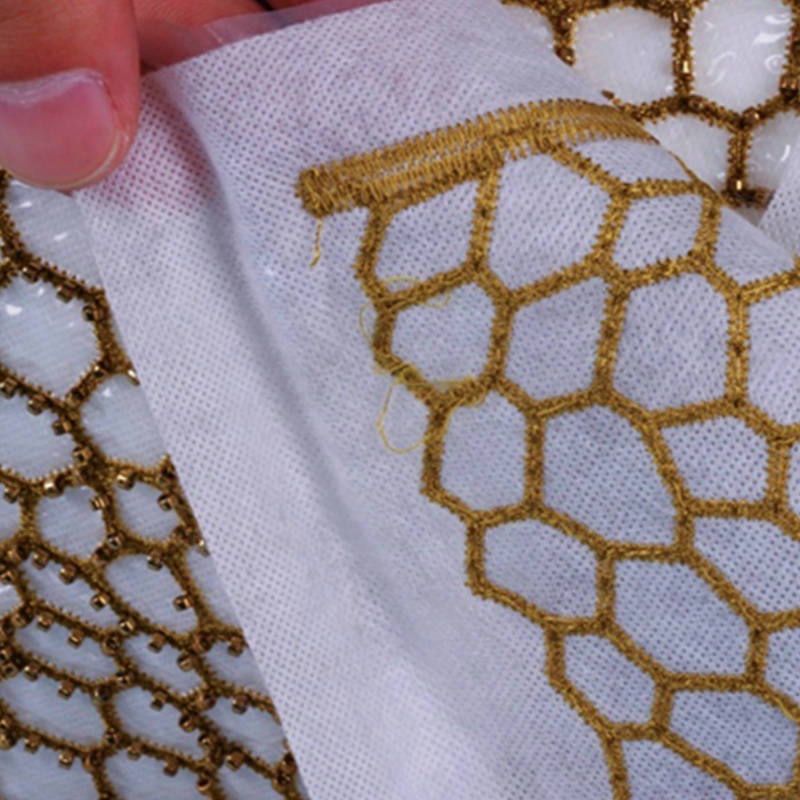
Surface Interlining, on the other hand, is placed above the fabric during embroidery. Its main job? To stop the stitches from sinking into soft or fuzzy fabrics like terry cloth or velvet, keeping designs looking bold and dimensional.


✂️ Types of Embroidery Interlining and How to Use Them
1. Paper Interlining
This tear-away option is a fan favorite for its convenience. After embroidery, simply tear off the excess interlining to reveal a structured, sharp finish.
Quick Tip: Great for small logos or tight designs on sturdy fabric.
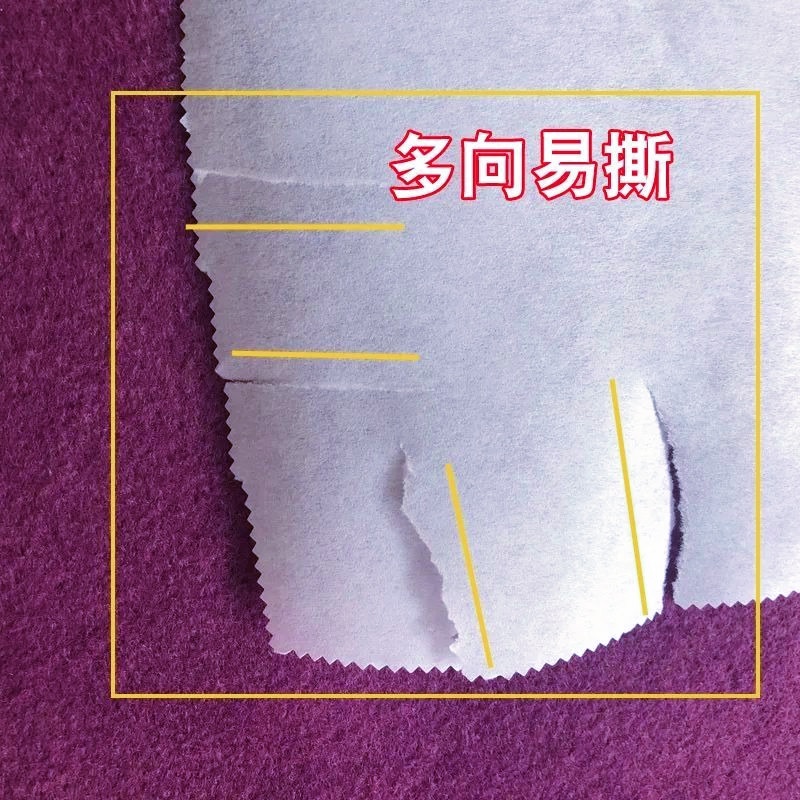
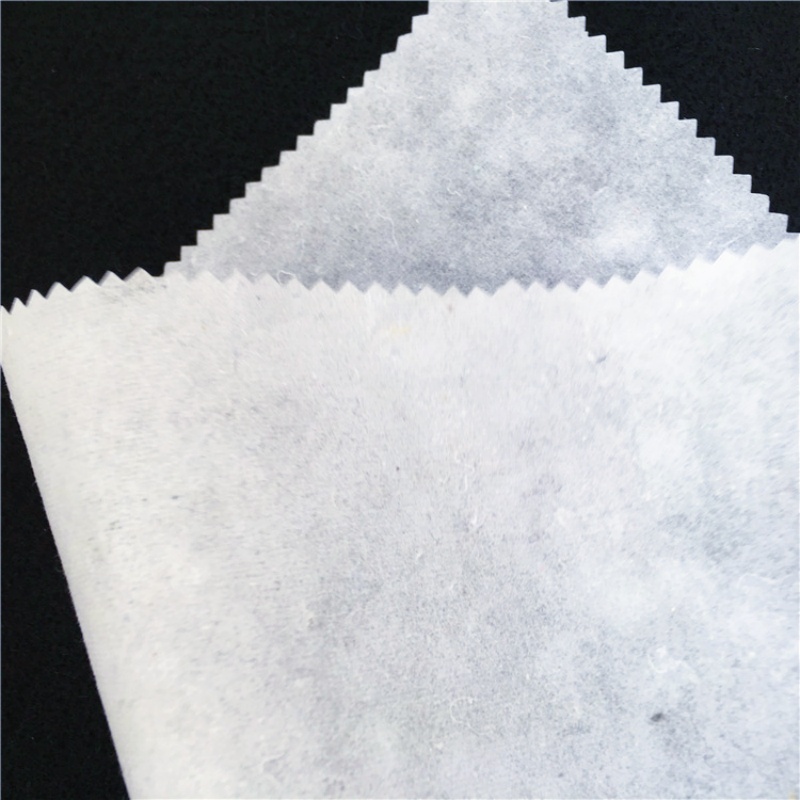
2. Heat-Soluble Interlining
This soft, film-like interlining dissolves with a hot iron after stitching. It’s compatible with most fabrics and leaves no residue when used correctly.
Pro Tip: Always test a small fabric swatch first! Avoid steam irons and opt for dry heat with a layer of paper on top for best results.
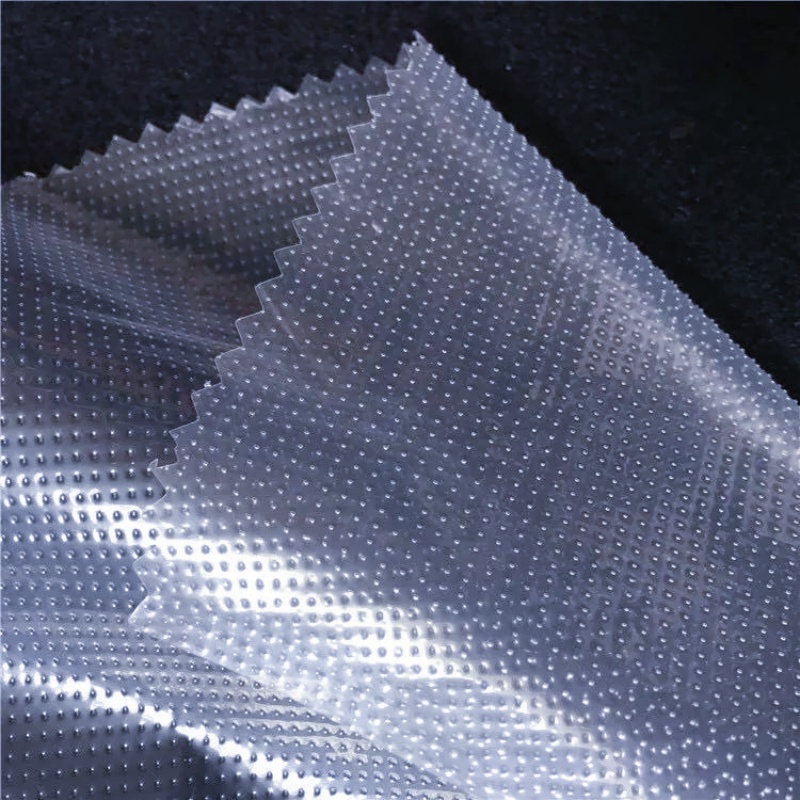
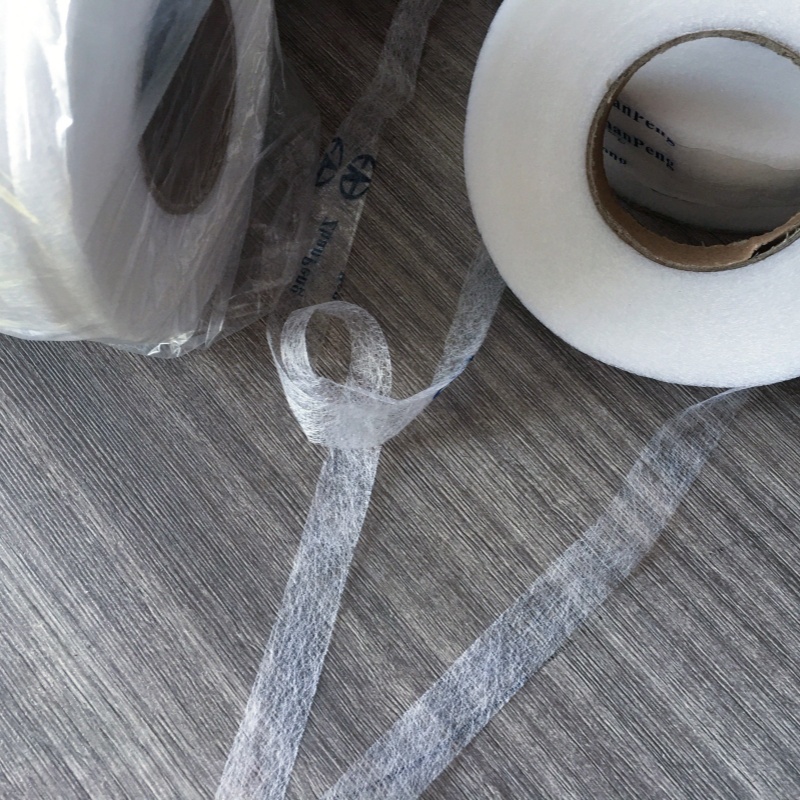
3. Cold Water-Soluble Interlining
Need something that disappears in water? This is it. Cold Water-Soluble Interlining gives your embroidery a soft finish but is sensitive to humidity—so best reserved for smaller projects.
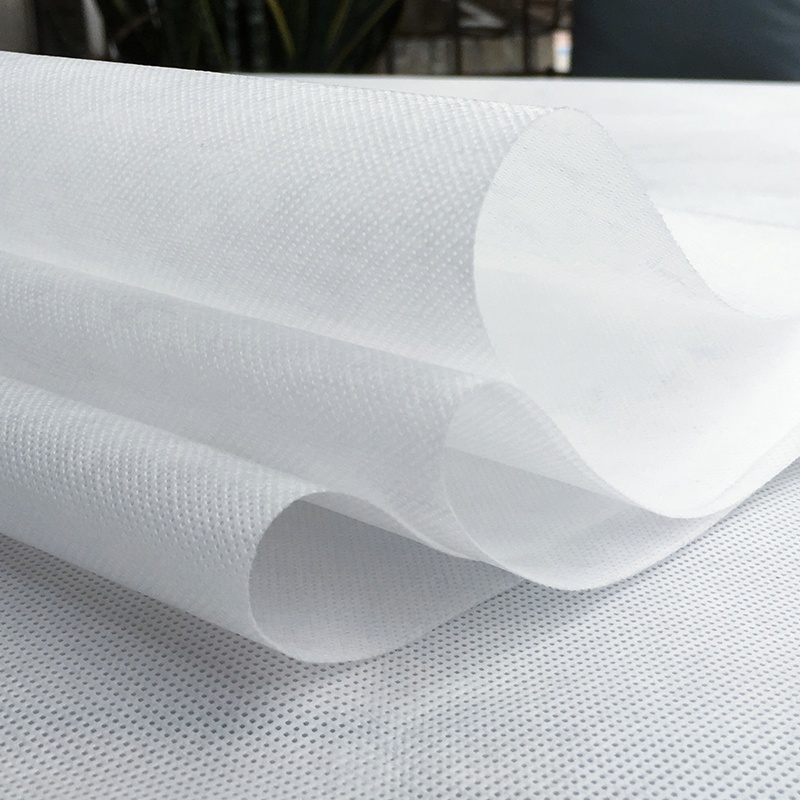
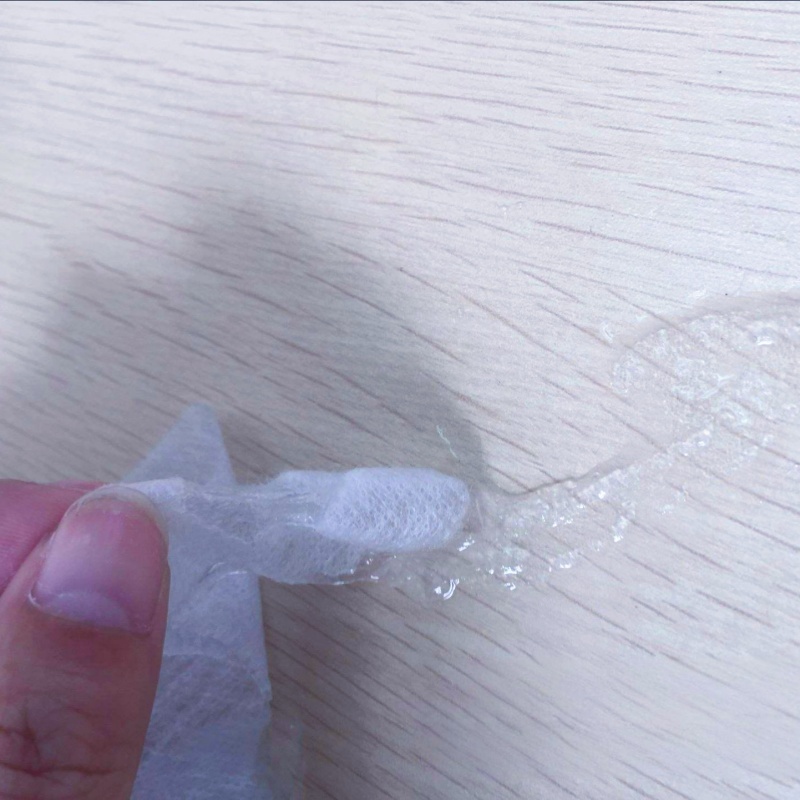
4. Nonwoven Interlining (Warm Water-Soluble)
This version dissolves in warm water and offers better stability than its cold-water cousin. It’s ideal for more complex embroidery or delicate fabrics.
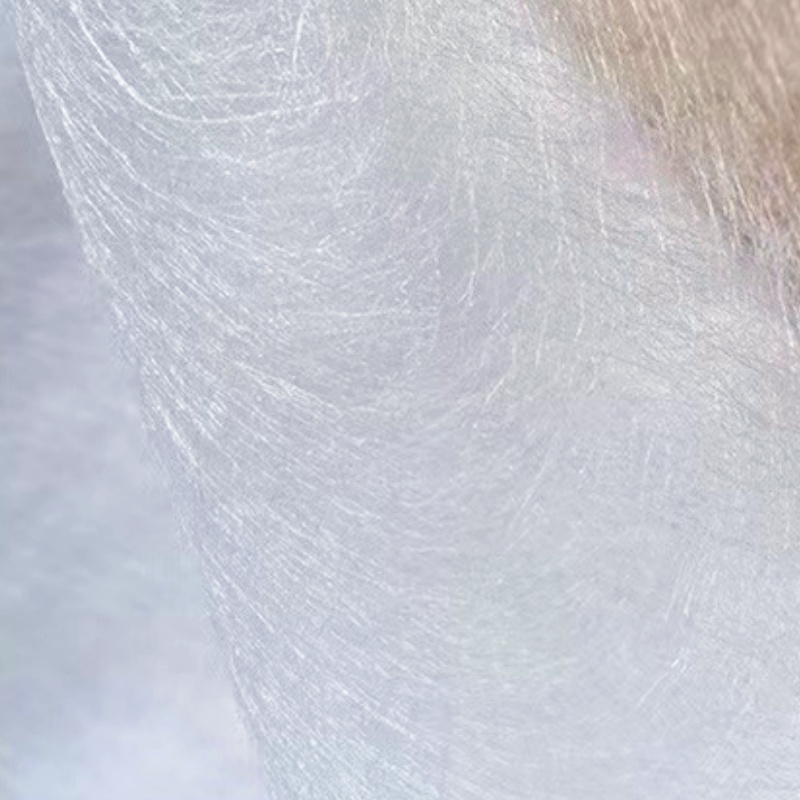
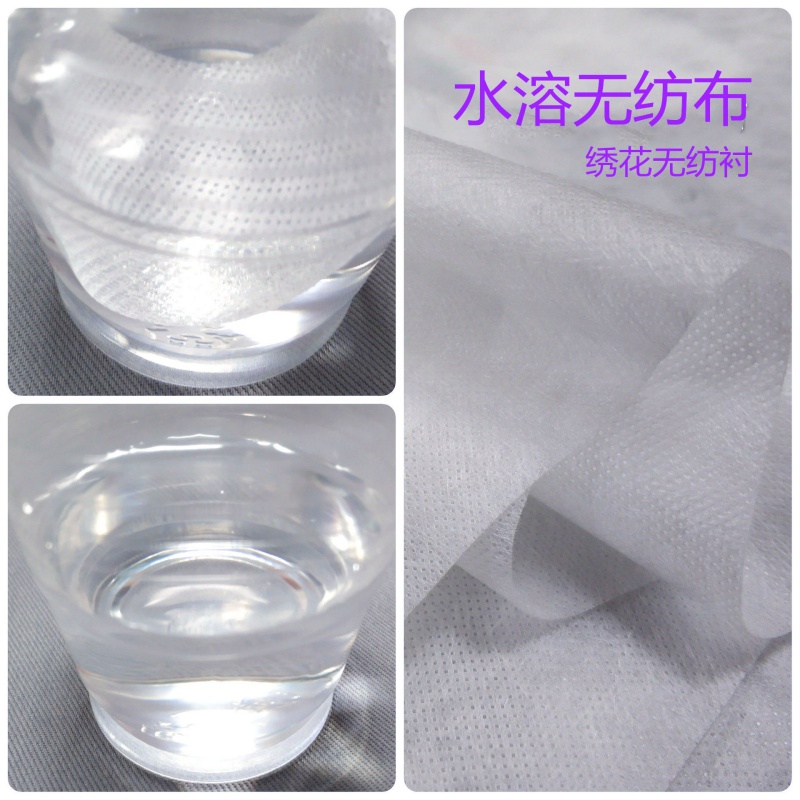
🎯 How to Choose the Right Interlining Based on Design
- For Dense Patterns: Use a thicker interlining to maintain clarity and structure.
- For Light, Airy Designs: Go for thinner interlining to keep the natural drape and softness.
- For Fabrics Like Towels or Velvet: Always pair with a Surface Interlining to prevent threads from sinking in.
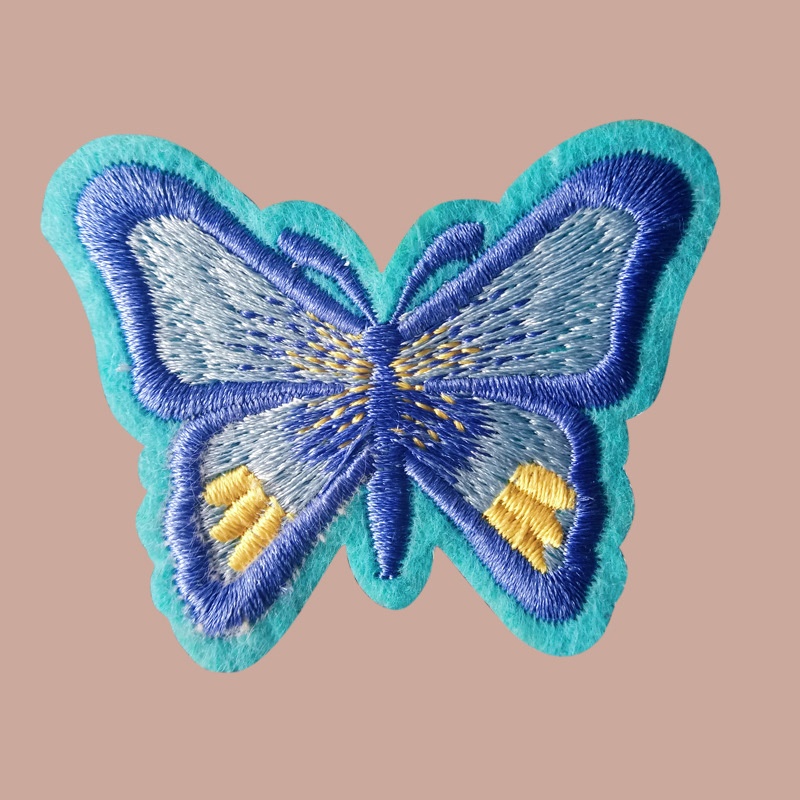
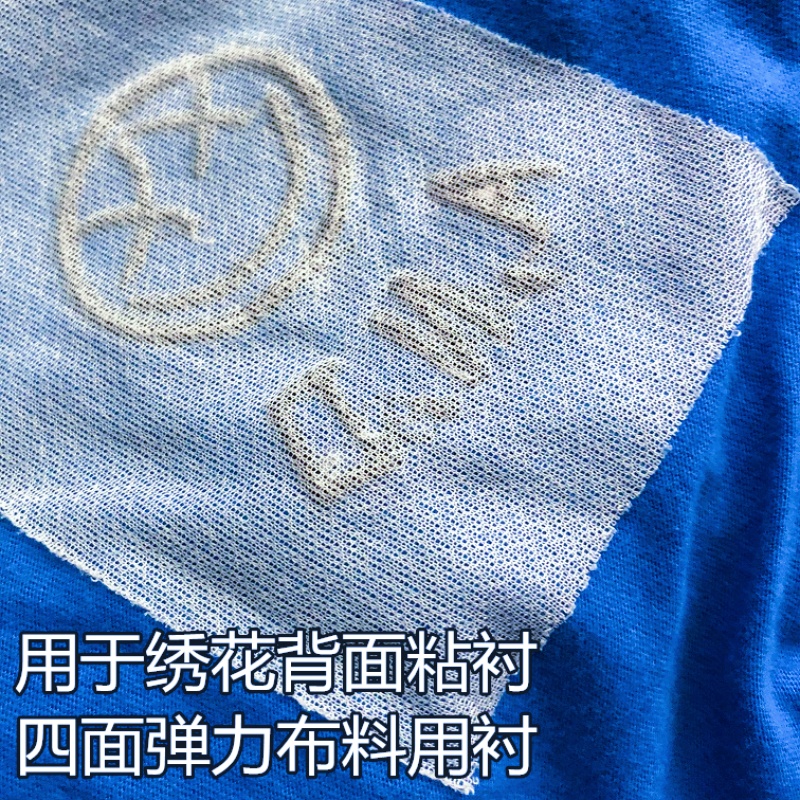

✨ Gold and Metallic Thread Embroidery Tips
Using metallic threads? Avoid 100% polyester Paper Interlining—it can cause friction, which leads to breakage. Instead, opt for cotton-based interlining. Natural fibers create less resistance and help protect delicate threads.

🧰 Pro Storage Tip
Different embroidery interlinings may look the same but have different weights and properties. To avoid mix-ups:
✅ Store each type in a separate plastic bag
✅ Label clearly with:
- Interlining Type (e.g., Paper, Heat-Soluble)
- Weight
- Brand Name
- Recommended Usage

🌟 Bonus: Smart Usage Tips for Heat-Soluble Interlining
- Test before use with scrap fabric.
- Don’t use steam while ironing!
- Remove excess interlining by placing paper on top and gently peeling.
- Avoid low-quality heat-soluble films—they may leave stains or unpleasant odors.
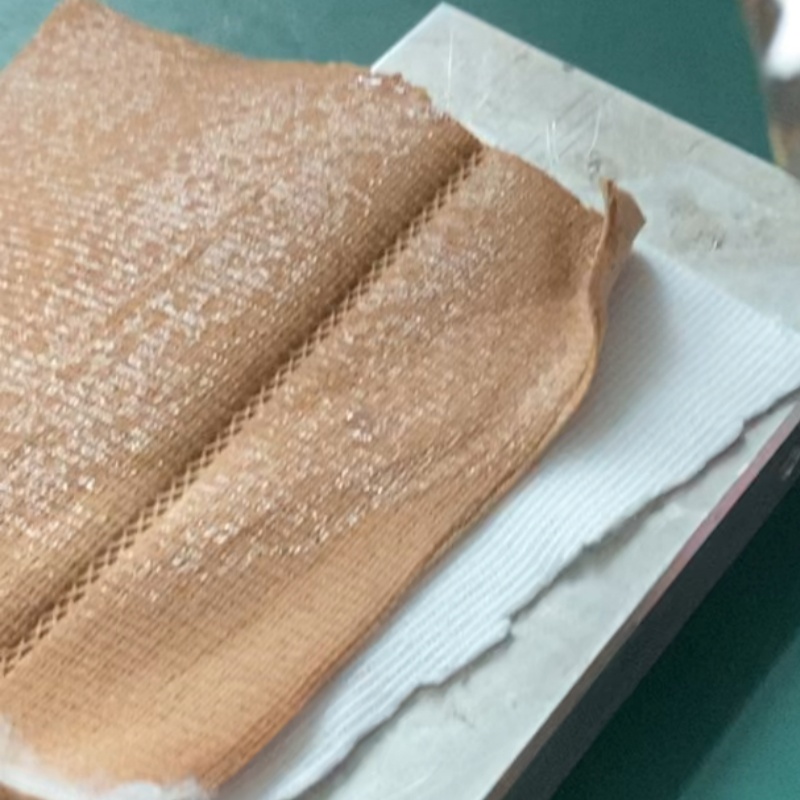
📌 Final Thoughts
Using the right embroidery interlining isn’t just about support—it’s about setting the stage for your stitches to shine. Whether you’re creating something elegant, bold, or functional, these unsung heroes of embroidery are what help bring your work to life.

💬 We’d love to hear from you!
What’s your go-to embroidery interlining? Got any clever hacks or questions? Drop a comment below—we’re all ears (and stitches)! 🧵👇
The text is original and the pictures are from the Internet. If there is any infringement, please contact us to delete it. Thank you!

